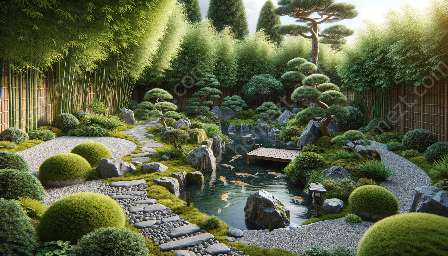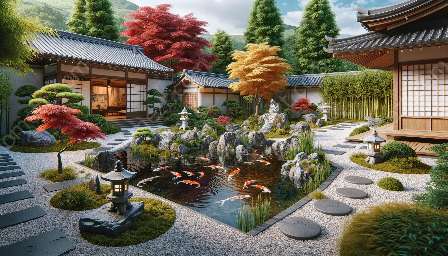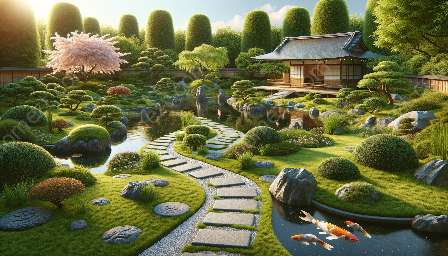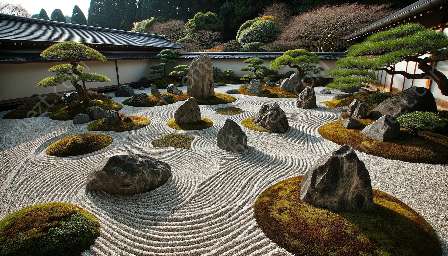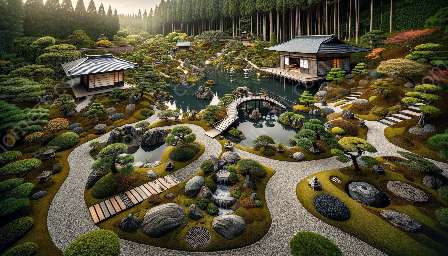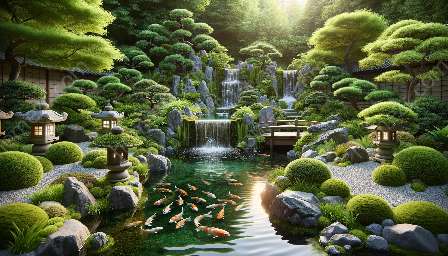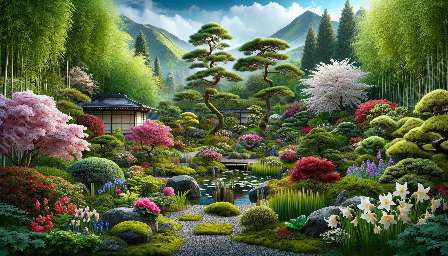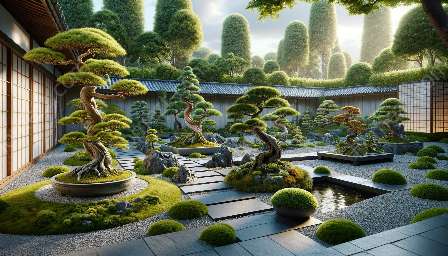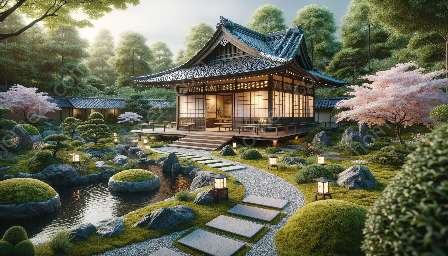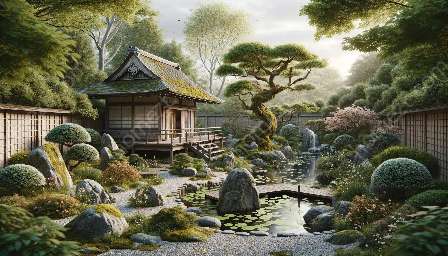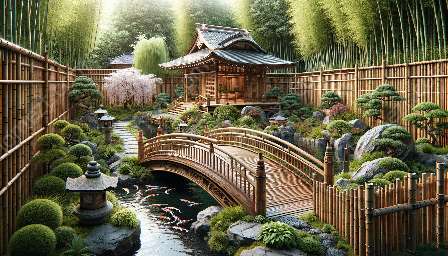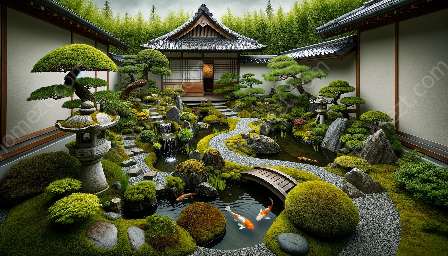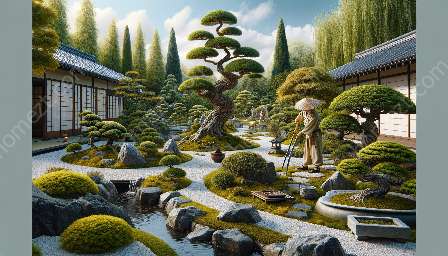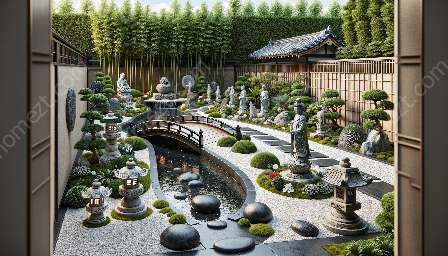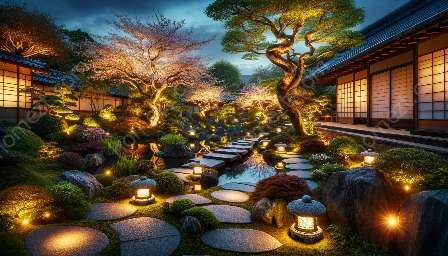Japanese gardens are known for their remarkable and timeless appeal, blending nature, spirituality, and artistry. One of the essential elements of Japanese garden design is the incorporation of water features, such as ponds, streams, and waterfalls. In this comprehensive guide, we explore the principles of Japanese garden design as they relate to water features, as well as offer inspirational ideas for integrating water elements into garden spaces.
Understanding Japanese Garden Design Principles
The design of Japanese gardens is deeply rooted in cultural and philosophical traditions, with a strong emphasis on creating harmony and balance. Some key principles of Japanese garden design that are important to consider when incorporating water features include:
- Wa (Harmony) – The balance and harmony of elements within the garden, including water, rocks, plants, and architecture, are carefully considered to create a sense of tranquility and balance.
- Mi (Beauty) – The beauty in Japanese garden design lies in the simplicity, asymmetry, and naturalness of the landscape. Water features are used to enhance the overall beauty of the garden and create a sense of serenity.
- Ka (Simplicity) – Japanese gardens are characterized by their minimalistic and uncluttered designs. Water features are incorporated in a way that complements the simplicity of the overall garden layout.
Types of Water Features in Japanese Gardens
Water is a central element in Japanese garden design, and there are various types of water features that can be integrated into these tranquil spaces, including:
- Koi Ponds – These serene and picturesque ponds are often populated with colorful koi fish, adding movement and life to the garden.
- Streams and Waterways – Incorporating meandering streams and waterways that flow gently through the garden can evoke a sense of calm and create visual interest.
- Waterfalls – The addition of a waterfall, whether large or small, can bring a dynamic and soothing element to the garden, with the sound of cascading water adding to the sensory experience.
- Tsukubai – A traditional stone water basin used for ritual purification, the tsukubai serves both a functional and aesthetic purpose in Japanese gardens.
- Reflecting Ponds – These tranquil ponds are designed to reflect the surrounding landscape, offering a sense of depth and tranquility.
Integrating Water Features into Garden Design
When incorporating water features into a Japanese garden, it is essential to consider the overall layout and design of the space. Some key considerations include:
- Natural Integration – Water features should be seamlessly integrated into the natural landscape, complementing the surrounding elements and creating a harmonious environment.
- Balance and Proportion – Careful consideration should be given to the size and placement of water features to ensure they harmonize with the overall garden design.
- Sensory Experience – Water features not only contribute to the visual appeal of the garden but also enhance the sensory experience through the sound of flowing water and the reflections created on the surface.
- Seasonal Considerations – Understanding how water features will change with the seasons, such as freezing in winter or blooming aquatic plants in spring, is vital for creating a dynamic and ever-evolving garden space.
Contemporary Design Ideas
While traditional Japanese garden design principles provide a strong foundation, there is also room for innovation and modern interpretation when incorporating water features. Some contemporary design ideas for water features in Japanese gardens include:
- Minimalist Water Walls – Incorporating sleek and modern water walls that create a calming and reflective surface within the garden.
- Interactive Water Installations – Introducing interactive water installations that engage visitors, such as stepping stones over shallow streams or adjustable fountains.
- Green Roof Water Features – Integrating water features on the roofs of structures, creating a unique and unexpected element within the garden design.
- Ecological Water Systems – Implementing sustainable water features, such as rain gardens and natural filtration systems, that align with modern environmental values.
- Artistic Water Sculptures – Introducing sculptural water features that blend art and water, adding an intriguing and contemporary touch to the traditional garden setting.
Conclusion
Designing with water features in Japanese gardens is an art form that draws on centuries of tradition while also embracing contemporary design ideals. By understanding the principles of Japanese garden design and carefully considering the types of water features and their integration, it is possible to create a tranquil and harmonious space that captivates the senses and inspires a deep connection to nature.

